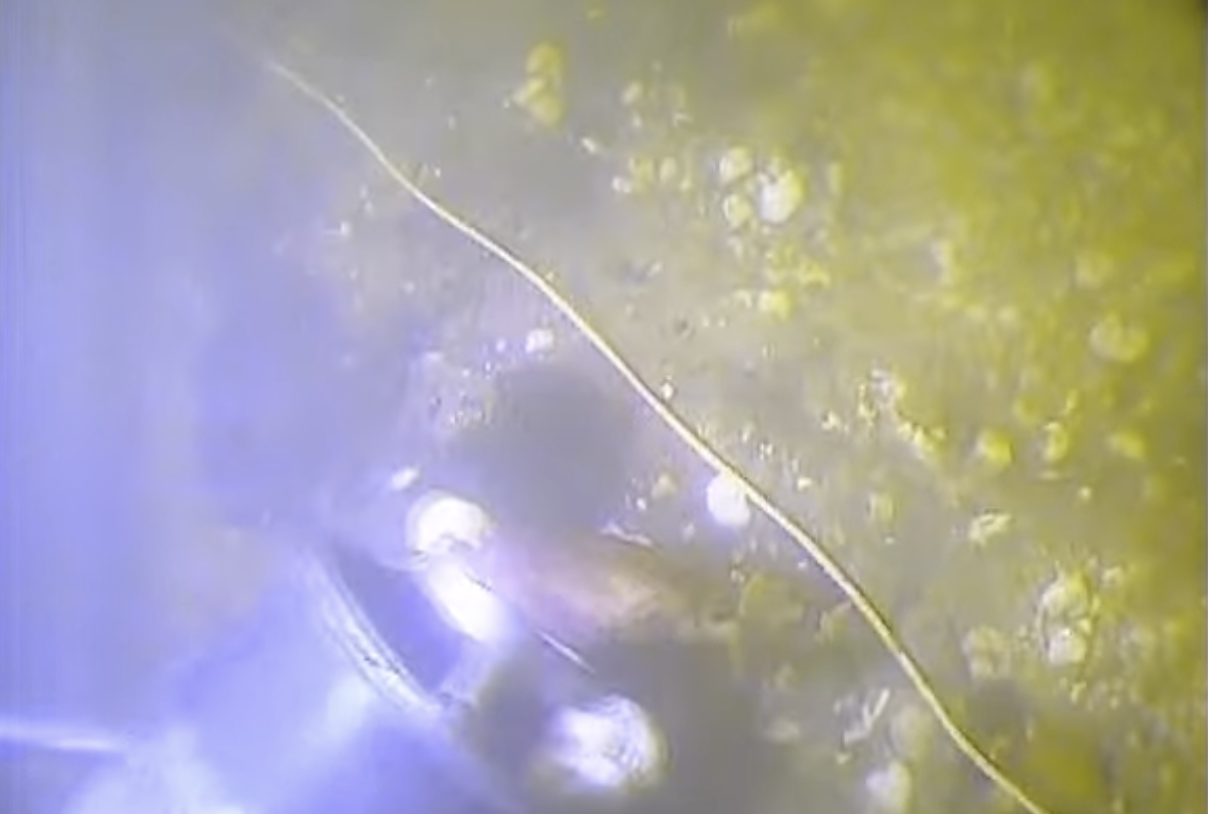No need for wet feet: underwater Roman site dig livestreamed

An underwater archeological dig to investigate a Roman mooring in the river Meuse in Cuijk in Noord-Brabant has been opened to the public – via a livestream.
“This is a special project, even for me as an archeologist,” Wilfried Hessing, director of salvage company Vestigia, told broadcaster NOS. “We often do underwater projects in the Netherlands but usually these involve shipwrecks and lost cargo in the IJsselmeer or Wadden Sea. To find an underwater Roman site is a once-in-a-decade occurrence, if that.”
Archaeologists will be scraping off a 10cm thick top layer of clay before they can salvage the 1500-year-old poles of the mooring. The mud will be sifted to find objects connected with the Roman ships that stopped here.
Leaving the poles in the ground, which is usually the preferred option, was not possible, Hessing said. Climate change and ships’ propellers are causing the water near the mooring to flow faster, threatening to destroy the site completely.
The divers will be equipped with cameras so any discovery can be shared in real time.
Cuijk, or Ceuclum in Roman times, was a strategic place with a castellum or fortress on the northern border of the Roman empire, where the road between Nijmegen and Maastricht intersected the Meuse.
Cuijk was a town in the time before the mooring was constructed halfway through the fourth century. After that the place was mainly used for military purposes. Earlier this year, an intact and beautifully decorated Roman oil lamp was found at a Roman burial ground in Cuijk.
“The late-Roman period is a bit of an obscure period, when the Romans were failing to ward off Germanic attacks and withdrew from Northern Europe, coming back for the odd military campaign,” Hessing said. “We have few sites dating from the period, and we know little of what went on,” he said.
Hessing hopes the dig will reveal more about daily life at Cuijk from the objects that fell overboard when ships were loaded and unloaded and which have remained sealed off ever since. The poles themselves will also have a story to tell, he said.
Apart from metal, glass and earthenware objects, Hessing also expects to find conserved organic material such as fruits, seeds, leather and wood.
Viewers will probably know when something of importance is found from the reaction of the people watching from the floating platform, he said. “Much depends on the archaeologist: some react with scientific detachment, others will jump up and down. But we don’t encourage that because it causes too many waves.”
The dig is expected to last several weeks.
Thank you for donating to DutchNews.nl.
We could not provide the Dutch News service, and keep it free of charge, without the generous support of our readers. Your donations allow us to report on issues you tell us matter, and provide you with a summary of the most important Dutch news each day.
Make a donation